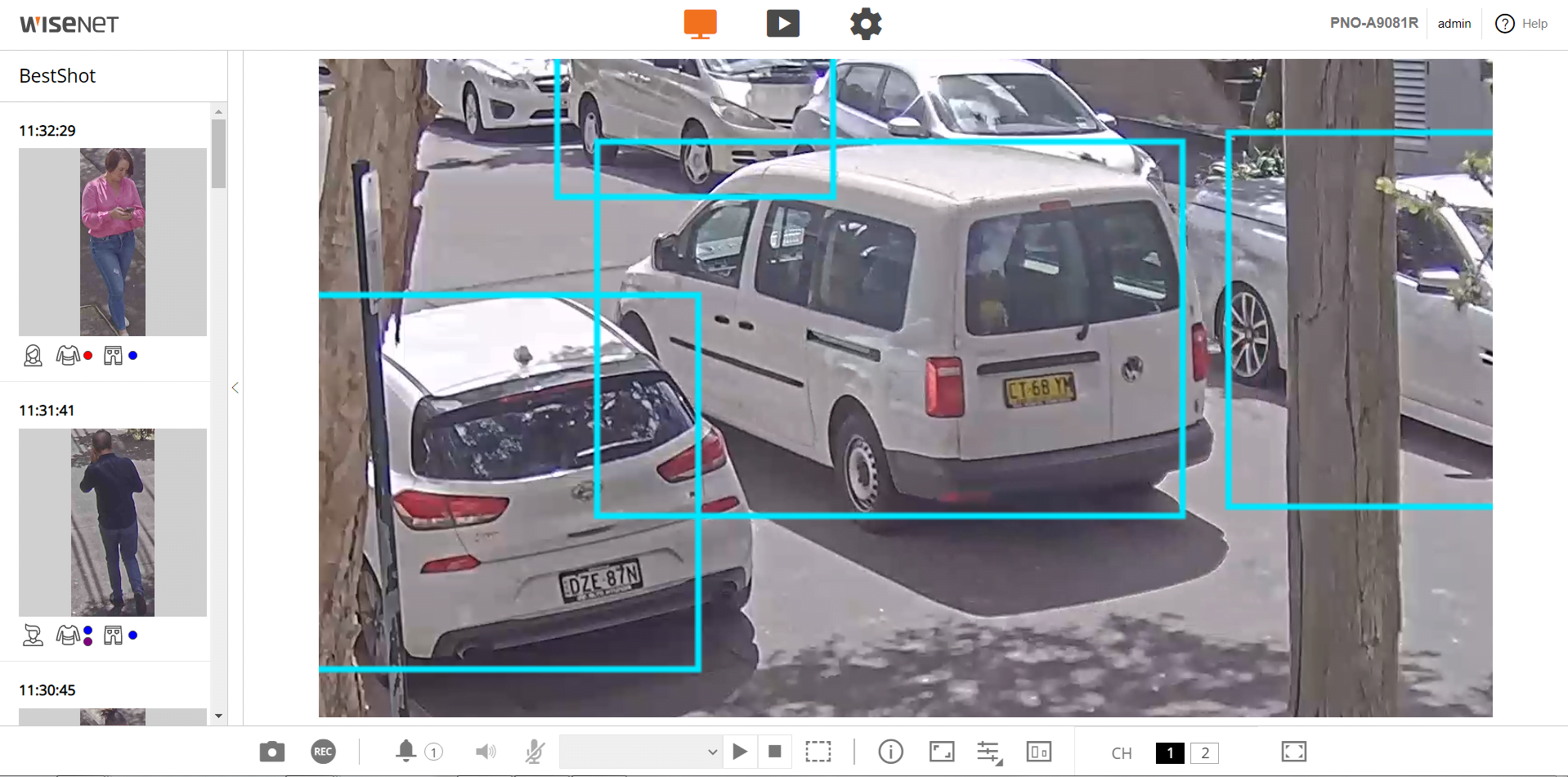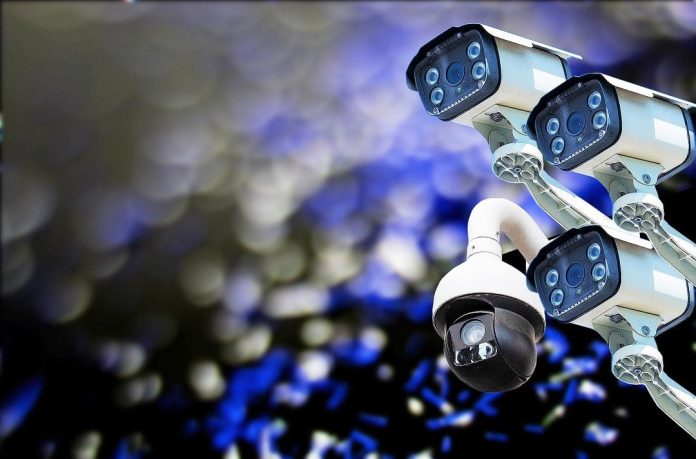After years being derided as vapourware, metadata-powered video analytics is beginning to sweep through video surveillance and it’s impossible not to see it changing the nature of alarm monitoring, too.
There’s a reason NO/NC alarms have dominated so long. They are inexpensive, reliable, long lasting, low power draw, and can be used to drive cameras for local recording of events. But the digital future has arrived, bringing with it smarter cameras, wider and cheaper bandwidth, and the demand for greater efficiency in layers. But there’s something else afoot – it’s a matter of the preference of decision makers.
Increasingly clear is that IT-powered security departments are developing a strong taste for the discernment and lateral capability of analytics. Unlike alarm sensors, which have remained the same for decades, the latest IVA cameras don’t simply detect intrusion – they detect intrusion, recognise intruder types, can identify intruders using face recognition and LPR, and can provide video verification of events and oversight of response.
The key development that appeals to users is that growing ability of IVA cameras to make useful and reliable assessments of events in their angle of view – this includes detecting and categorising cars, trucks, bikes and motorbikes and pedestrians, as well as items/objects moved from or into a scene. They can also undertake face recognition and LPR. When this capability is spread across an installation of dozens or hundreds of cameras, there’s considerably enhanced ability to monitor and respond to unfolding events. The ability to categorise and recognise is especially important in that it gives the ability to filter events and false alarms, to respond much faster and to manage events more effectively.
An adjacent trend here is the ongoing convergence of security electronics and IT, a convergence that might as well be called an industry-wide digital transformation. Those of us who have been in security electronics a long time, know that this transformation stretches all the way back to early access control systems in the late 1980s, but what’s happening now is at an entirely different level. It’s not just that many security solutions are IP-based and are managed and monitored on networks – the over-arching responsibility for decisions about these networks is no longer in the hands of security departments.
It’s a fundamental truth that the voices heard at board level are not security voices but IT voices – the senior IT managers tasked with organisation-wide digital transformation imagined from the bottom up. That last point is key. There are 4 types of digital transformation, including business process, business model, domain, and cultural/organizational – most security solutions slot neatly into that first category – business process. At the same time, one of the key reasons digital transformations fail, is that they don’t represent a complete rebuild of all an organisation’s systems.
There’s another driver at work here – pandemic. Digitally transformed businesses built around powerful networks, remote data centres, and pointy software platforms that are constantly evolving in efficiency and capability, have proven highly resilient in the face of COVID-19. This survival imperative intensely informs current thinking – doubly empowering IT security decision makers.

Hanwha’s IVA is very clever, too, giving key details in a very digestible form.
Something else about IT applications of security technology is that there’s a very strong appetite for lateral application – CCTV solutions are not considered static views, only to be viewed in the event of an incident, but as high-end data sensors whose metadata can be mined for information to inform decision making across multiple layers of operation. These layers might include process control, marketing, retail, surveillance, safety, operational efficiency, and alarm events, too.
One of the things about metadata is that it applies not only to the optical side of a camera, but to the audio side as well. That means cameras can not only view events, but listen for things like shouting, particular words, gunshots, glass break and more. And once a weight of CCTV solutions are deployed with comprehensive IVA rules governing their reporting to internal security teams, it’s only a matter of time before those functionalities are demanded from professional monitoring services as well.
A key question is how IVA events can be reported at monitoring stations. Will it be simply as alarm events of certain types, or might they be reported along with video verification of events? It’s certain these variables will need to be dealt with by end users, suppliers and monitoring stations in technology partnership. Up until now, monitoring stations supporting CCTV monitoring have tended to offer proprietary solutions – there’s no surprises there, given the expensive customisation required. But the future will demand greater flexibility in terms of handling events than we’ve seen before.
Major end users with sophisticated surveillance solutions empowered by metadata supporting on-site security teams during the day, are not going to want to install low-cost proprietary video verification devices to handle video-powered event reporting after hours. Instead, they will seek out providers with the flexibility and capability to handle integration for them. What this suggests is that monitoring centres have their own digital transitions to undertake, and their transitions must be open-ended in a way that does not impose strictures on the needs of customers IVA has now empowered to monitor any data stream from any device from any location on local and enterprise networks.
This might sound threatening, but in terms of opportunity, it’s quite the opposite. An entirely converged digital business opens the monitoring of multiple systems and events in a way few people in the industry have ever imagined. In the future, operators are going to be handling everything from traditional alarm events to energy management, to the presence on site of individuals on a CCTV-powered watch list, to the movement of known or unknown vehicles into or between unexpected areas, sudden random actions by staff at unusual times, even monitoring of geographic ‘areas’ that are not governed by inputs and outputs, but by geo-location and informed by object and face recognition.
#sen.news #SEN #SENnews #security #electronics












